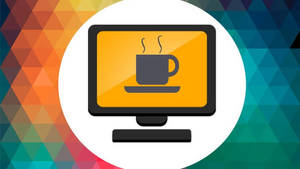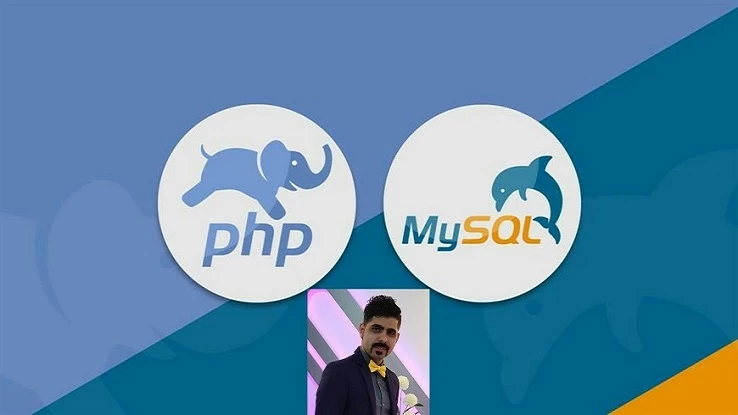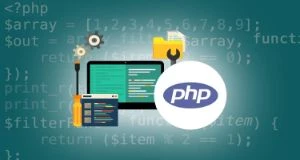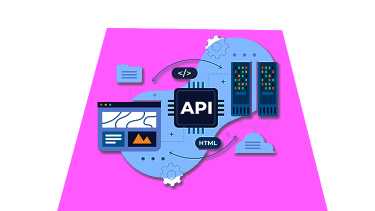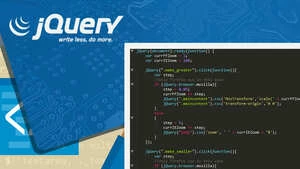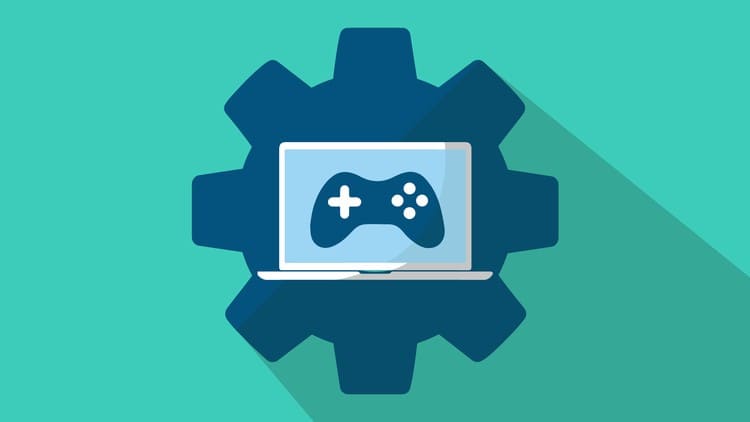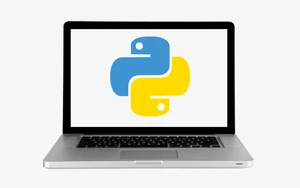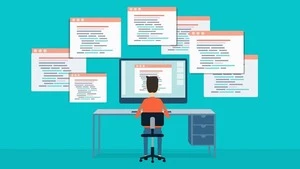Data Visualisation market is expected to grow to $19.5 Billion at a compound annual growth rate of 10.2%, and the growth of gadgets like smartphones, the internet of things, and rapid advancements in machine learning are driving the global data visualisation market.
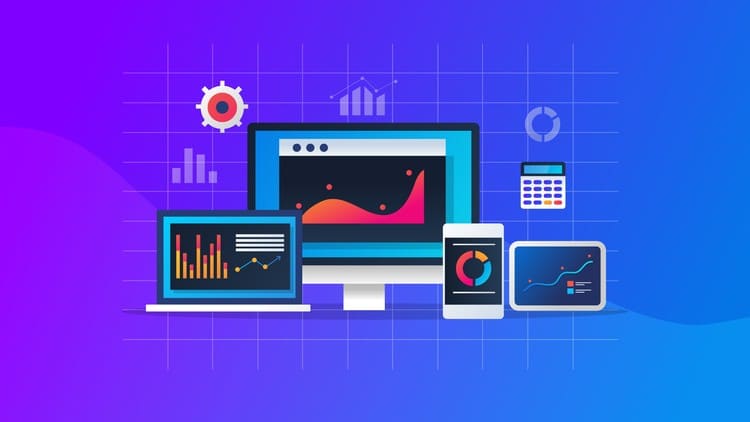
Data visualization with Tableau 10.5
Last Updated: 2022-04-21
Tableau Desktop 10.5 – Beginner to Expert
Data Visualisation is the graphical representation of data in the form of graphs, pie charts, geographic maps, infographics, line graphs and statistical graphs to analyse complex data sets. The goal is to communicate information effectively to a wide range of audiences, and to convey business information, data analysis and insights. Here are top 5 Data Visualisations tools to learn in 2023:
- Tableau:
Tableau is a powerful data visualization tool that allows users to create interactive and dynamic visualizations to analyze and present data. Tableau supports a variety of data sources, including spreadsheets, databases, and cloud-based services.
Tableau allows users to drag and drop data onto a canvas to create visualizations. This makes it easy to create charts, graphs, and other visualizations without needing to know complex programming languages. Tableau allows users to create interactive dashboards that allow viewers to interact with data in real-time. This enables users to explore data in a more meaningful way and gain deeper insights. Tableau allows users to create visual stories by combining multiple visualizations and adding annotations, text, and other narrative elements. This helps users communicate insights and findings more effectively. Tableau allows users to blend data from multiple sources to create a unified view of data. - JupyteR:
Jupyter is an open-source web application that allows users to create and share documents containing live code, equations, visualizations, and narrative text. Jupyter supports a variety of programming languages, including Python, R, and Julia.
There are several popular data visualization libraries available in Python that can be used within Jupyter notebooks, including:- Matplotlib: Matplotlib is a powerful and widely used data visualization library in Python. It provides a wide range of visualization options, including line plots, scatter plots, bar charts, histograms, and more.
- Seaborn: Seaborn is a high-level interface for creating statistical graphics in Python. It provides a wide range of visualization options and is particularly useful for creating more complex visualizations such as heatmaps and pair plots.
- Plotly: Plotly is a web-based data visualization library that allows users to create interactive visualizations that can be shared online. It provides a wide range of visualization options, including scatter plots, line charts, and 3D plots.
- Bokeh: Bokeh is another web-based data visualization library that provides interactive visualizations that can be shared online.
- Google Charts:
Google Charts is a free, web-based data visualization tool that allows users to create interactive and customizable charts and graphs. Google Charts is particularly useful for creating data visualizations for web applications and is compatible with a wide range of programming languages, including JavaScript, Python, and Ruby. - Visual.ly:
Visual.ly is an online platform that allows users to create and share a variety of visual content, including infographics, data visualizations, and videos. Visual.ly offers a range of tools and templates that make it easy for users to create high-quality visual content without needing advanced design skills.
Visual.ly offers a range of customizable templates that users can use as a starting point for their visual content. Users can customize templates with their own data and branding to create a unique visual. Visual.ly offers a range of data visualization tools that allow users to create dynamic and interactive charts and graphs from their data. Visual.ly allows multiple users to collaborate on visual content, making it easy to work on projects as a team. Visual.ly provides analytics tools that allow users to track the performance of their visual content and gain insights into how it is being viewed and shared. - Sisense:
Sisense is a powerful business intelligence and analytics platform that allows users to easily analyze and visualize complex data sets. Sisense supports a wide range of data sources, including spreadsheets, databases, and cloud-based services. Sisense allows users to create interactive and customizable data visualizations, including charts, graphs, and maps. Users can easily create drag-and-drop dashboards that allow them to explore data in real-time. Sisense includes machine learning algorithms that enable users to predict future trends and anomalies, identify outliers, and analyze data patterns. Sisense allows users to collaborate on data analysis projects with team members, partners, and clients. Users can share dashboards, reports, and insights with others in real-time. Sisense includes data modeling tools that allow users to create data models and schema on the fly, without needing to write any code.



